Color Perception Evaluation and Optimization of Traditional Villages Based on Intelligent Semantic Analysis
DOI: 10.23977/lsuh.2024.060118 | Downloads: 21 | Views: 1149
Author(s)
Shi Yang 1, Chaoran Tong 2, Lei Que 2
Affiliation(s)
1 Academy of Fine Arts, Guangdong University of Education, Guangzhou, Guangdong, 510812, China
2 School of Fine Arts and Design, Guangzhou University, Guangzhou, Guangdong, 510006, China
Corresponding Author
Chaoran TongABSTRACT
How to scientifically protect and update the color landscape of traditional villages to reflect their historical and cultural values while meeting modern aesthetic and functional needs has become an urgent problem to be solved. To this end, this study adopts an intelligent semantic analysis method, combined with CNN and big data analysis to quantitatively analyze and perceive the village colors. First, through field research, digital cameras and Chinese architectural color cards are used to collect the base colors of the village environment and historical and cultural colors. Then, Photoshop software is used to quantitatively analyze the collected colors, obtain color attribute values and numbers to form a color database. Then, a convolutional neural network (CNN) is used to process and analyze the collected color data. By training the model to recognize and understand the semantic features of color, intelligent analysis and evaluation of the village color can be achieved. According to the experimental results, it was finally found that CNN performed excellently in image pixel accuracy, with an accuracy rate between 95.2% and 100%, and a frame rate of 76.7FPS, demonstrating efficient image processing capabilities. The public generally believes that color landscapes should be coordinated with the history and culture of the village, retaining and strengthening traditional color characteristics. Based on the above research results, the principles and suggestions for color landscape optimization were proposed, emphasizing the maintenance and enhancement of traditional color characteristics, the management and control of artificial colors, and the improvement of the overall beauty of the landscape. Through the combination of intelligent semantic analysis and public perception evaluation, this study provides a scientific basis and new ideas for the color protection and renewal of traditional villages and promotes the harmonious unity of tradition and modernity.
KEYWORDS
Color Perception Evaluation; Intelligent Semantic Analysis; Traditional Villages; Color Quantitative AnalysisCITE THIS PAPER
Shi Yang, Chaoran Tong, Lei Que, Color Perception Evaluation and Optimization of Traditional Villages Based on Intelligent Semantic Analysis. Landscape and Urban Horticulture (2024) Vol. 6: 129-138. DOI: http://dx.doi.org/10.23977/lsuh.2024.060118.
REFERENCES
[1] Lu Xu, Wang Mengyun, Wang Zixiang. Research on evaluation and optimization of urban streetscape color perception based on semantic analysis[J]. Central China Architecture, 2024, 42(3): 76-80.
[2] Skelton A E, Maule J, Franklin A. Infant color perception: Insight into perceptual development[J]. Child development perspectives, 2022, 16(2): 90-95.
[3] Bortolotti A, Cannito L, Anzani S, et al. About the influence of color perceived lightness on psychological functions [J]. Cultura e Scienza del Colore-Color Culture and Science, 2022, 14(01): 112-122.
[4] Liu Wenfei, Ding Shuyi, Wang Dexi, Yang Xinlan. Research on the relationship between color perception and architectural space environment design [J]. Urban Housing, 2021, 28(4): 163-164+168.
[5] Bian Wenjuan, Huang Dong. Research on the evolution characteristics of the color of residential buildings in traditional villages in Lingnan Cantonese - A case study of Gangtou Village in Huadu, Guangzhou [J]. Central China Architecture, 2023, 41(12): 139-142.
[6] Mihajlović N, Zdravković S. Contingent capture by color is sensitive to categorical color perception[J]. Attention, Perception, & Psychophysics, 2024, 86(1): 36-48.
[7] Prencipe N, Provenzi E. Geometric models for color perception[J]. Cultura e Scienza del Colore-Color Culture and Science, 2021, 13(02): 50-56.
[8] Lu Cheng, Mao Jiaying, Shen Jiayi. The impact and mechanism of clothing color optical illusion on body perception [J]. Journal of Textile Science, 2021, 42(10): 132-138.
[9] Liu Jingdong, Tan Zhiqing, Zhang Yu. Aging-friendly color design of entrance space of nursing home [J]. Journal of Shenyang Jianzhu University (Social Science Edition), 2021, 23(3): 233-238.
[10] Cviljušac V, Živković P, Mrvac N. A method for evaluating human observer's perception of color differences[J]. Tehnički vjesnik, 2021, 28(6): 2094-2101.
[11] Habib G, Qureshi S. Optimization and acceleration of convolutional neural networks: A survey[J]. Journal of King Saud University-Computer and Information Sciences, 2022, 34(7): 4244-4268.
[12] Sarvamangala D R, Kulkarni R V. Convolutional neural networks in medical image understanding: a survey[J]. Evolutionary intelligence, 2022, 15(1): 1-22.
[13] Lindsay G W. Convolutional neural networks as a model of the visual system: Past, present, and future[J]. Journal of cognitive neuroscience, 2021, 33(10): 2017-2031.
[14] Tripathi M. Analysis of convolutional neural network based image classification techniques[J]. Journal of Innovative Image Processing (JIIP), 2021, 3(02): 100-117.
[15] Kshatri S S, Singh D. Convolutional neural network in medical image analysis: a review[J]. Archives of Computational Methods in Engineering, 2023, 30(4): 2793-2810.
| Downloads: | 1609 |
|---|---|
| Visits: | 99386 |
Sponsors, Associates, and Links
-
Journal of Sustainable Development and Green Buildings
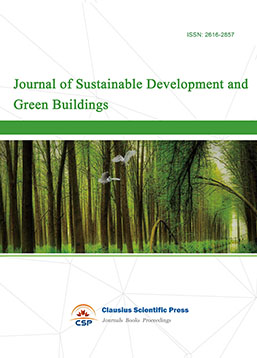
-
Bridge and Structural Engineering
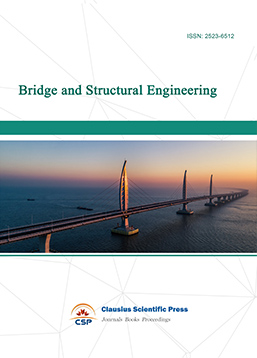
-
Soil Mechanics and Geotechnical Engineering

-
Journal of Civil Engineering and Urban Planning
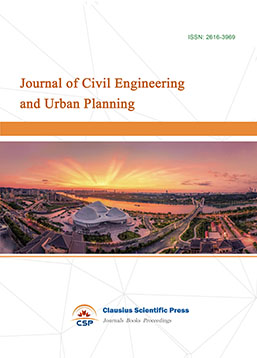
-
Journal of Municipal Engineering
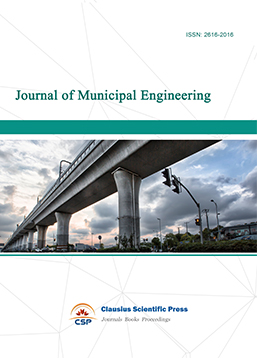
-
Heating, Ventilation and Air Conditioning

-
Indoor Air Quality and Climate
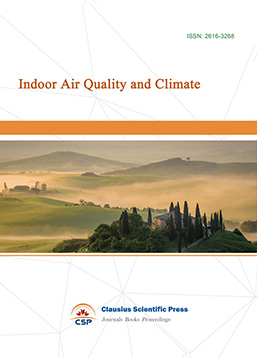
-
Computer Aided Architecture Design


 Download as PDF
Download as PDF